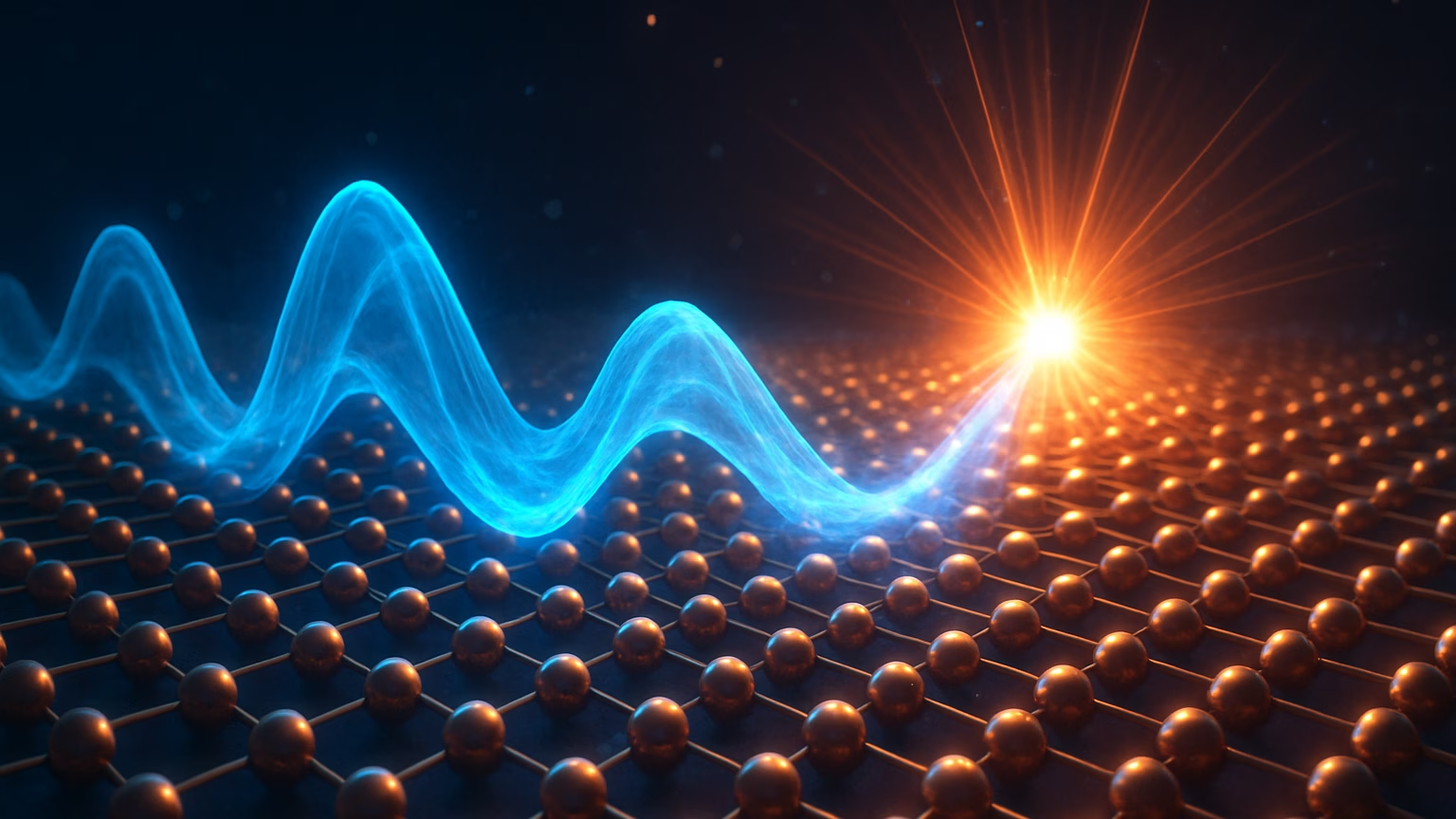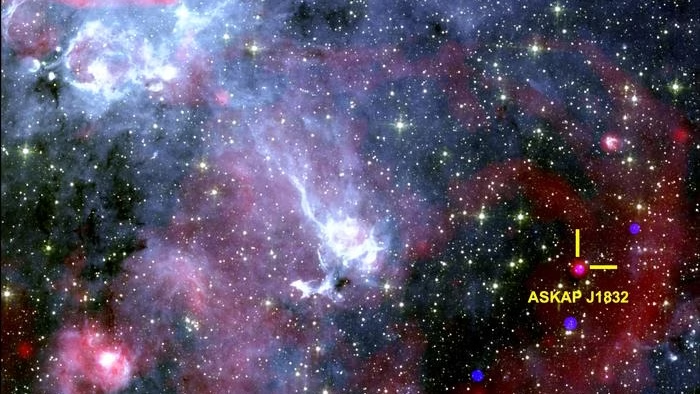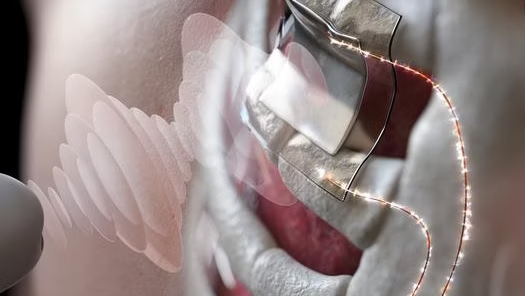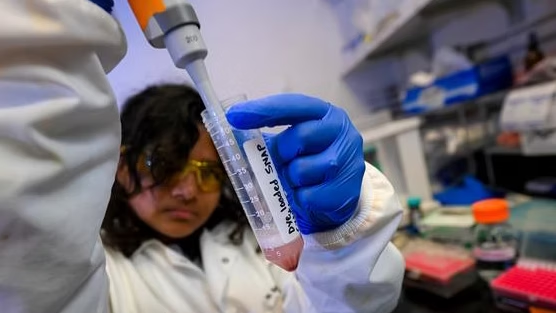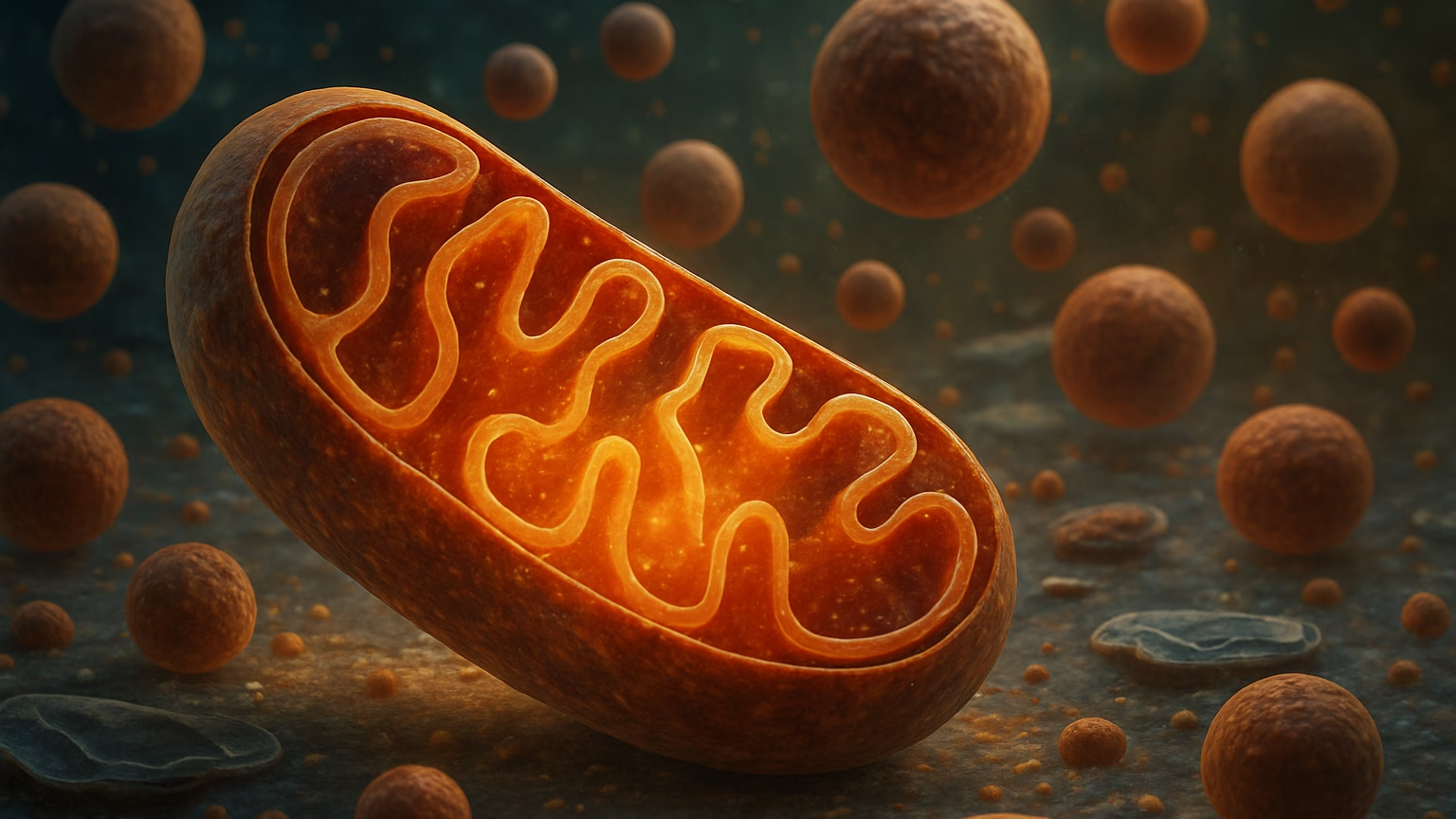From Penn State 01/03/24
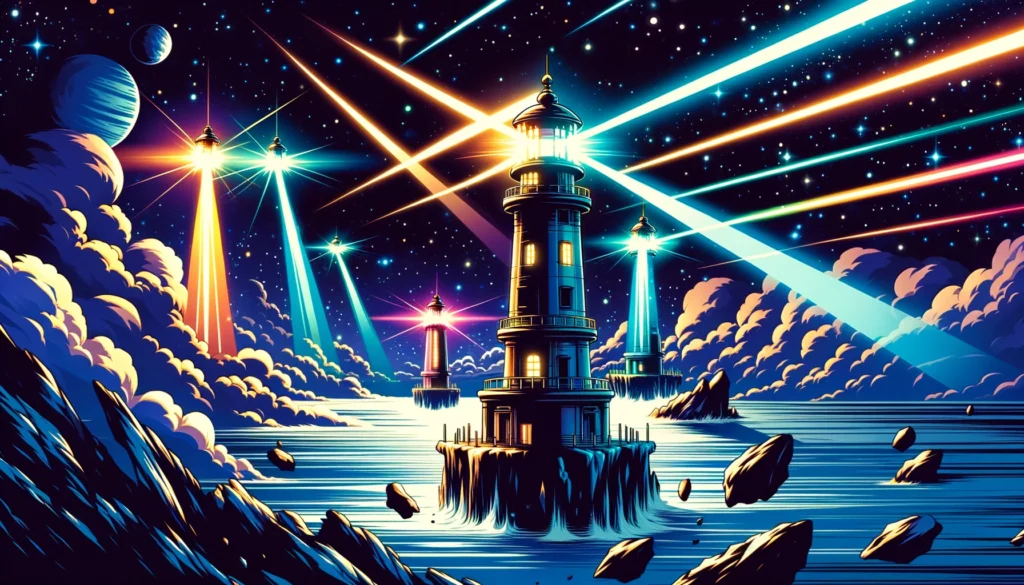
UNIVERSITY PARK, Pa. — Scientists working with data from NASA’s James Webb Space Telescope (JWST) have obtained the first full spectra of some of the earliest starlight in the universe.
The images provide the clearest picture yet of very low-mass, newborn galaxies, created less than a billion years after the Big Bang, and suggest the tiny galaxies are central to the cosmic origin story.
The international team of researchers, including two Penn State astrophysicists, published their results today (Feb. 28) in the journal Nature.
The spectra reveal some of the first visible light from a period in the universe known as reionization, which was powered by the arrival of the earliest stars and galaxies.
Normal matter in the universe started as a hot, dense fog made almost entirely of hydrogen and helium nuclei, explained Joel Leja, assistant professor of astronomy and astrophysics at Penn State and author on the paper.
As it expanded and cooled, lone protons and electrons started bonding, forming neutral hydrogen for the first time.
Then, roughly 500 to 900 million years after the Big Bang, that neutral hydrogen — which predominated in the early universe — began to separate again into ionized gas, spurring the creation of stars and galaxies and lifting the primordial fog so light could travel unimpeded through the cosmos for the first time.
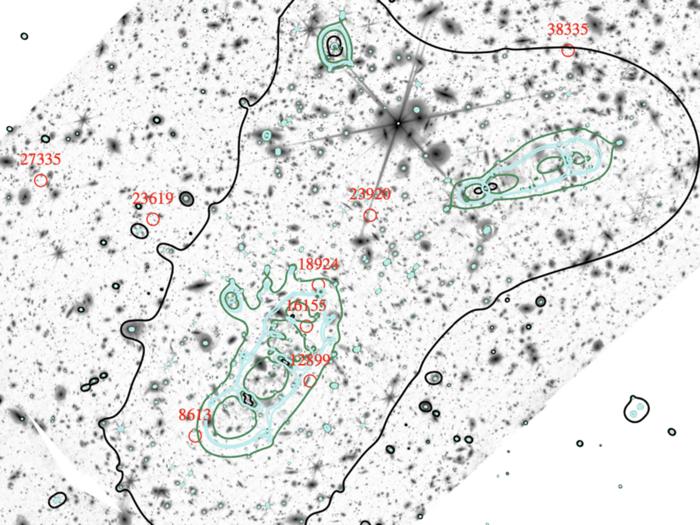
“Something turned on that started pumping out very high energy photons into the intergalactic void,” Leja said.
“These sources worked like cosmic lighthouses that burned off the fog of neutral hydrogen. Whatever this was, it was so energetic and so persistent, that the entire universe became re-ionized.”
By analyzing the spectra of young, low-mass galaxies, the scientists demonstrated that small galaxies were strong candidates for the “something” that sparked the reionization of the universe by heating the dense primordial gas around them and ionizing the once-neutral hydrogen.
“If the other low-mass galaxies in the universe are as common and energetic as these, we think we finally understand the lighthouses that burned off the cosmic fog,” Leja said.
“They were incredibly energetic stars in many, many tiny little galaxies.”
The majority of galaxies in the early universe are expected to be relatively small, making studying their frequency and their properties extremely difficult, Leja added.
Thanks to a technological feat made possible by the unique combination of JWST sensitivity and the gravitational lensing effect of the Abell 2744 cluster — nearby galaxies that act like cosmic magnifiers, distorting space and amplifying the light of background galaxies — it is now possible to determine the abundance of small galaxies and their ionizing properties during the first billion years of the universe.
“We found that small galaxies outnumbered massive galaxies by about a hundred to one during this epoch of reionization of the universe,” Hakim Atek, astrophysicist at Sorbonne University, researcher at the Paris Astrophysics Institute and first author on the paper said in a release.
“These novel observations also reveal that these small galaxies produced a considerable amount of ionizing photons, exceeding by four times the canonical values usually assumed for distant galaxies.
“This means that the total flux of ionizing photons emitted by these galaxies far exceeds the threshold required for reionization.”
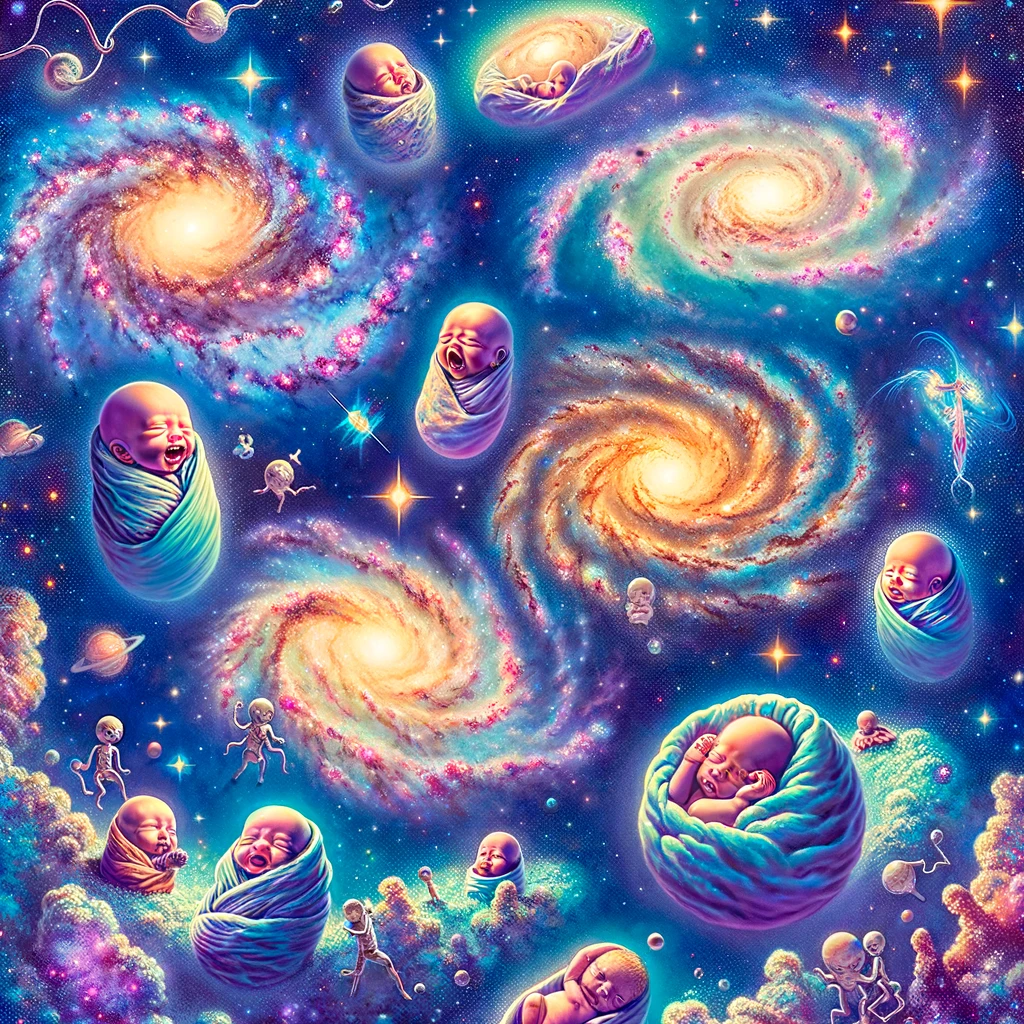
The Penn State team led the modeling for the UNCOVER survey, which targeted the large foreground galaxy cluster that lensed the tinier, more distant galaxies.
The Penn State researchers analyzed all the small points of light in the survey to understand the object properties as well as their likely masses and distances.
That analysis was then used to guide later, more detailed JWST observations that drove this discovery, Leja explained.
Prior to these findings, there were number of hypotheses that identified other sources responsible for cosmic reionization, such as supermassive black holes; large galaxies with masses in excess of one billion solar masses; and small galaxies with masses of less than 1 billion solar masses.
Researchers said confirmation of the hypothesis relating to low-mass galaxies proved particularly difficult, given their low luminosity, but the new findings offer the clearest evidence to date that low-mass galaxies played a central role in the reionization of the universe.
The researchers now want to extend the study to a larger scale to confirm that the particular location they analyzed is representative of the average distribution of galaxies in the universe.
Beyond the reionization process, their observations provide insight into the process of early star formation, how galaxies emerged from the primordial gas — and how they evolved into the universe we know today.
Bingjie Wang, a postdoctoral scholar in astrophysics, is the other Penn State co-author on the study.
A full list of authors and their respective institutions is available on the published paper.
The researchers acknowledge funding and support from CNES, the Programme National Cosmology and Galaxies, CEA, the Cosmic Dawn Center, the Danish National Research Foundation, the Australian Research Council, the NOW, the European Commission’s and University of Groningen’s CO-FUND Rosalind Franklin program, the United States-Israel Binational Science Foundation, the U.S. National Science Foundation (NSF), the Ministry of Science & Technology, Israel and NOIRLab, which is managed by the Association of Universities for Research in Astronomy under a cooperative agreement with the NSF.





